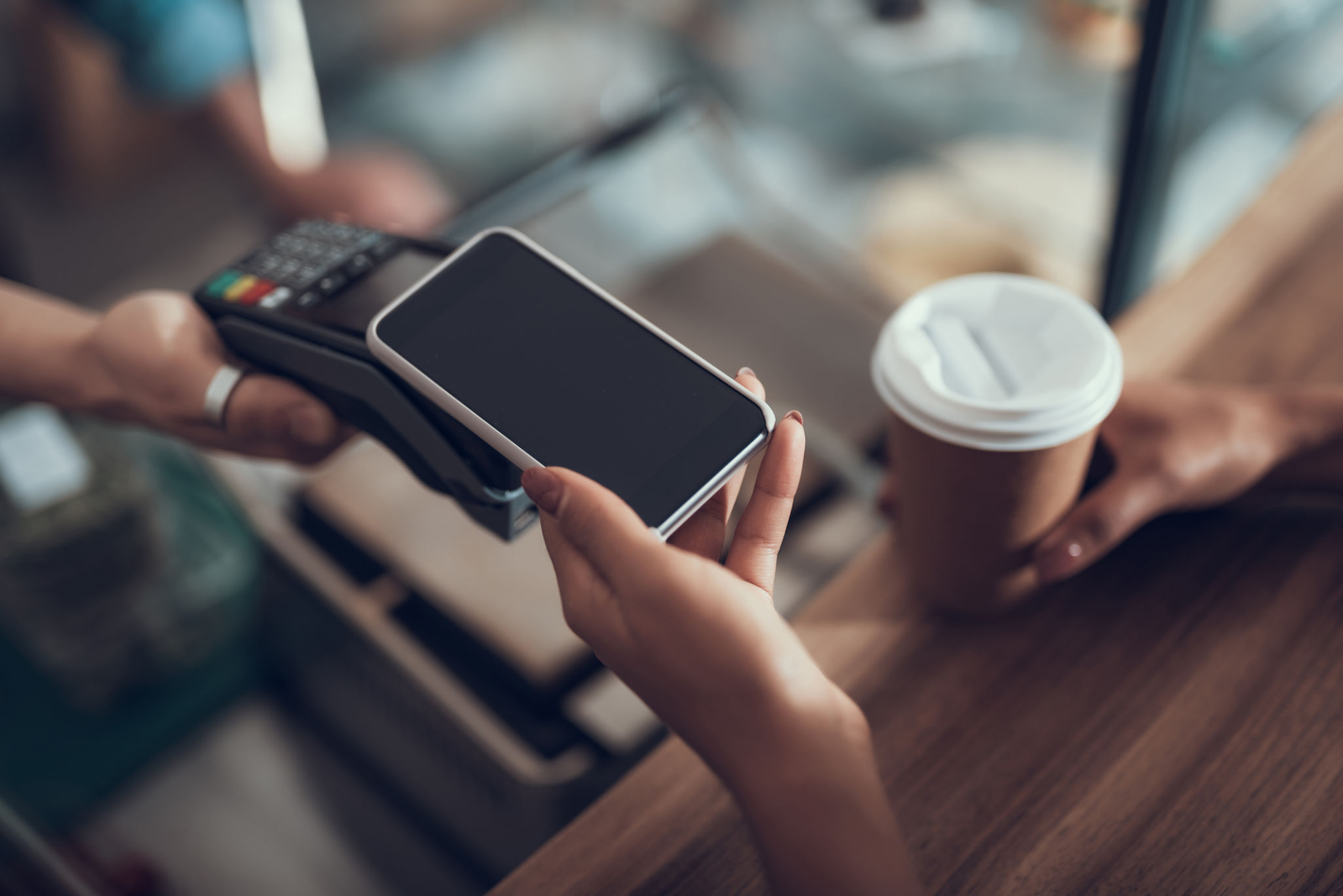Mobile Payment Services: Myths vs. Reality
Understanding Mobile Payment Services
In today's fast-paced digital world, mobile payment services have become an integral part of our daily transactions. Despite their growing prevalence, several myths and misconceptions surround these services. This blog post aims to debunk some of the common myths and shed light on the realities of mobile payment services.
Mobile payment services offer a convenient and secure way to make transactions without the need for physical cash or cards. By using technologies like NFC (Near Field Communication), these services enable users to pay with just a tap on their smartphones. However, misinformation can lead to hesitation in adopting these modern payment methods.

Myth: Mobile Payments Are Not Secure
One of the most pervasive myths is that mobile payments are not secure. Many people fear that their financial information might be at risk when using these services. The reality is that mobile payment providers implement advanced security measures to protect user data.
Mobile payments often use encryption and tokenization to safeguard sensitive information. This means that actual card details are never shared during transactions. Additionally, features like biometric authentication and multi-factor verification add extra layers of security, making mobile payments arguably safer than traditional card payments.
Reality: Enhanced Security Features
Most mobile payment services offer security features that ensure safe transactions. For instance, Apple Pay and Google Pay require users to authenticate payments using fingerprint recognition or facial recognition. This prevents unauthorized access and ensures only the legitimate user can complete transactions.

Myth: Mobile Payments Are Only for Tech-Savvy Individuals
Another common misconception is that mobile payments are too complicated for the average user, especially those who are not tech-savvy. In reality, these services are designed with user-friendliness in mind.
The interfaces of mobile payment apps are intuitive and easy to navigate. Most apps guide users through the setup process with simple instructions, making it accessible even for those who are not familiar with technology. Furthermore, customer support is often available to assist users with any issues they might encounter.
Reality: User-Friendly Interfaces
Mobile payment services prioritize simplicity and ease of use. The apps are regularly updated to improve user experience and incorporate feedback from users. This focus on usability ensures that people of all ages and backgrounds can effortlessly utilize mobile payments in their daily lives.

Myth: Mobile Payments Are Not Widely Accepted
Many people believe that mobile payments are not widely accepted at retail locations, which can deter them from using these services. However, this is far from the truth as acceptance has grown significantly over the years.
Retailers worldwide have embraced mobile payments, recognizing the benefits of faster checkouts and reduced cash handling. From small businesses to large retail chains, many merchants now support mobile payment options. This trend continues to grow as more consumers prefer the convenience of mobile transactions.
Reality: Increasing Acceptance Among Merchants
The number of merchants accepting mobile payments is on the rise. According to recent studies, a significant percentage of retailers now offer mobile payment options. The convenience and efficiency provided by these services make them a popular choice for both consumers and businesses alike.
In conclusion, understanding the realities of mobile payment services can help dispel common myths and encourage more people to embrace this innovative technology. With enhanced security measures, user-friendly interfaces, and widespread acceptance, mobile payments are poised to become a staple in our financial transactions.